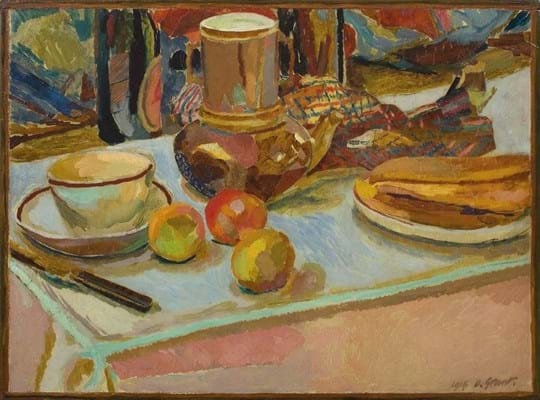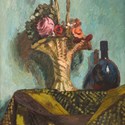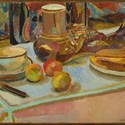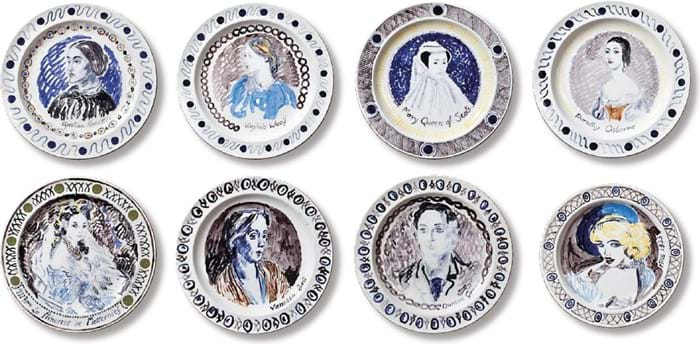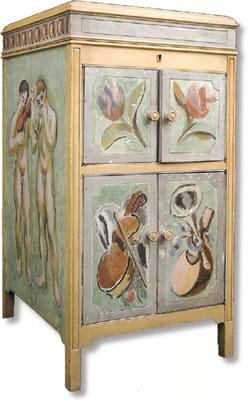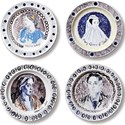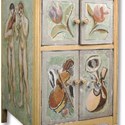Successful exhibitions are bred from a supply of good material and public interest in the subject. It’s a simple formula, though either element can be difficult to come by.
While both fashion and stock are on its side for its show From Omega to Charleston: The Art of Vanessa Bell and Duncan Grant, 1910-34 (February 16-April 28), London gallery Piano Nobile hopes to use this as a chance to drive both the market for, and public interest in, the Bloomsbury Group further forward.
The exhibition at the Holland Park gallery focuses on the paintings and decorative works of Vanessa Bell (1879-1961) and Duncan Grant (1885- 1978), professional collaborators and lovers who were leading members of the Bloomsbury Group in the first half of the 20th century.
“We’ve had a lot of private interest and now seemed like the right moment to stage this exhibition,” says gallery director Matthew Travers. “We went through a period in the 1990s and early 2000s when buyers were more focused on post-war abstraction and the YBAs [Young British Artists].
“Bloomsbury works were actively sought by certain major collectors, but fashion swung away from them. In the past couple of years, though, there’s been a reappraisal.”
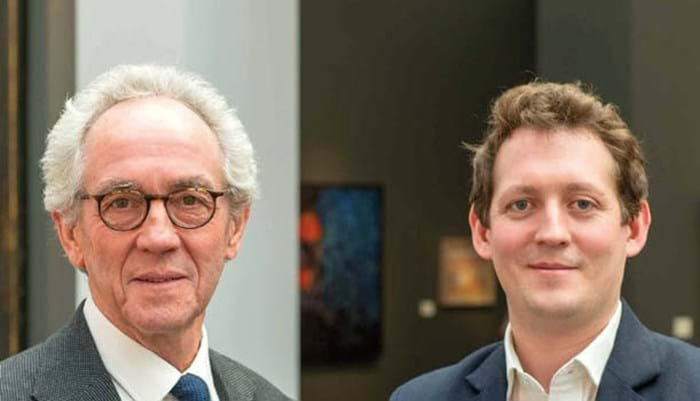
Robert and Matthew Travers, directors at the Piano Nobile gallery.
A run of exhibitions at institutions (including last year the Courtauld Gallery’s Bloomsbury Art & Design and the Dulwich Picture Gallery’s 100-piece Vanessa Bell show) have helped bring to light works from private collections which Piano Nobile now offers.
And it has balanced the selling aspect of the show with a selection of loan items from Charleston, once home to Bell and Grant and a meeting place for the Bloomsbury Group, which now holds the collection of the Charleston Trust.
For the gallery, which specialises in modern and contemporary art, this is a chance to focus on some of the pieces that defined British art in the early years of the 20th century.
Embracing modernist techniques, Grant and Bell looked to the Post- Impressionists in creating their early works, pushing painting to the point of abstraction. Their artwork from this period, Travers says, positions them “in an important transitional moment between the late 19th and early 20th centuries”.
Towards the start of the show’s chronology are pieces the two artists created for the design enterprise the Omega Workshops, in London’s Bloomsbury. At the other end is their Famous Woman Dinner Service completed in 1934.
These two points, Travers adds, are “arguably the two most confident and artistically radical periods of their output. The exhibition will illustrate through juxtaposition how brilliantly radical and avant-garde this unique artistic duo were.”
The romantic entanglements that characterised the group have sometimes overshadowed the works themselves. Bell, who maintained an open relationship with her husband, bore Grant a child, Angelica, which her husband raised as his own. When Grant moved with Bell to Charleston, it was also with his lover David Garnett, who later married Angelica.
But the Piano Nobile exhibition keeps the focus on the art itself.
The show will be accompanied by a fully illustrated publication with essay and catalogue entries by Richard Shone, and two gallery talks are being staged relating to the dinner service and the Bloomsbury Group.
All images are courtesy of Piano Nobile.



